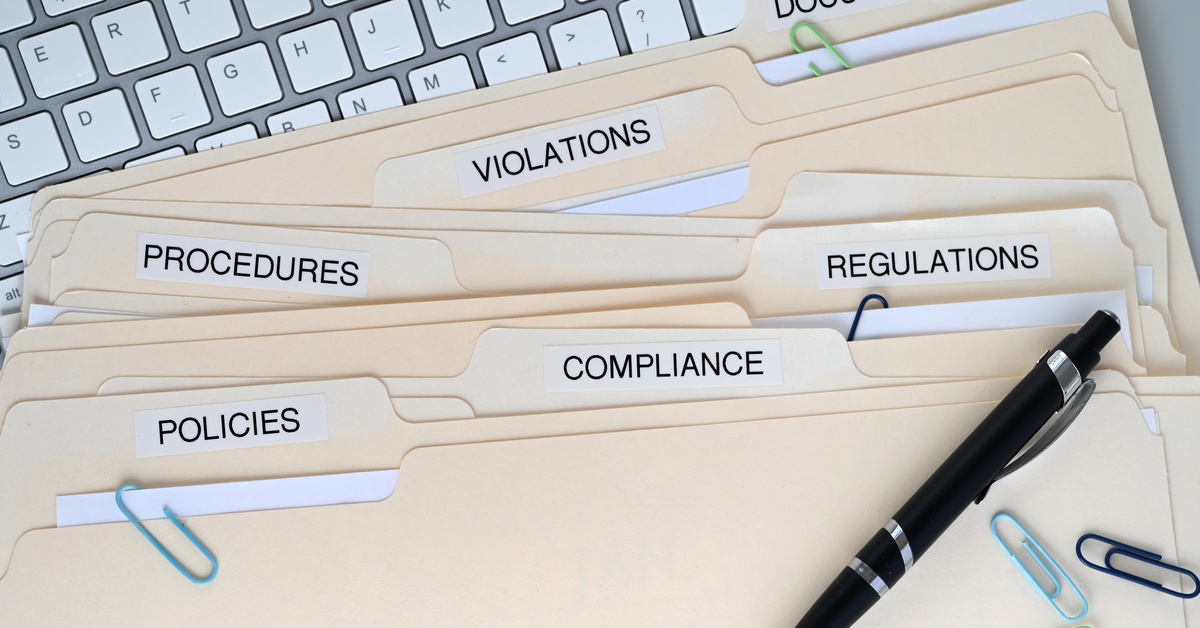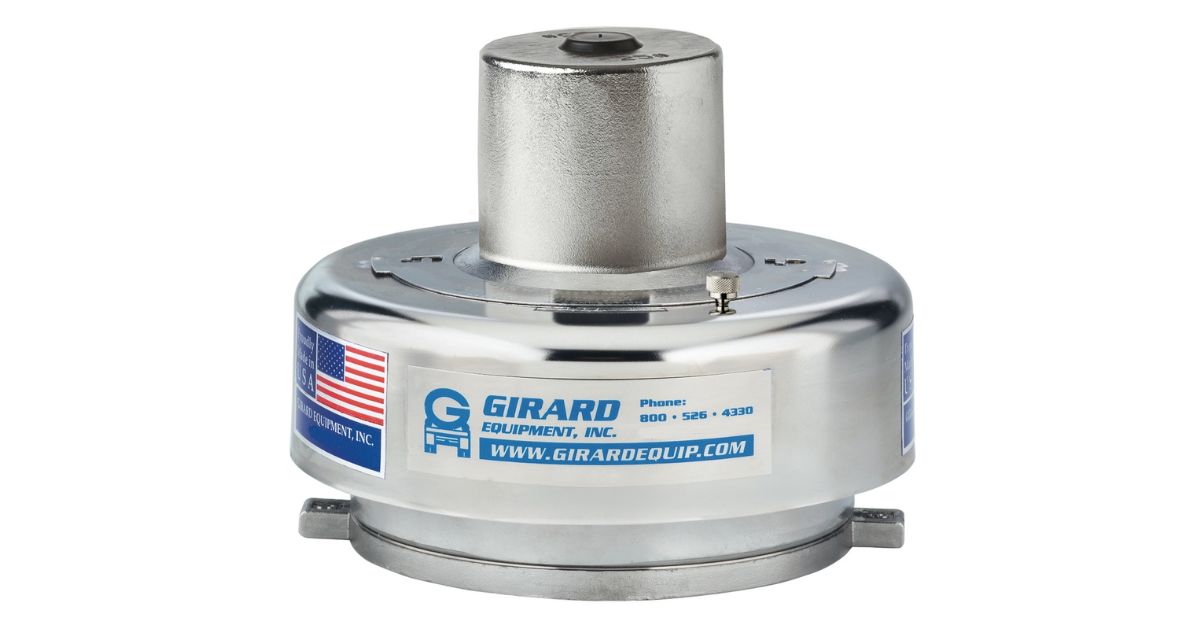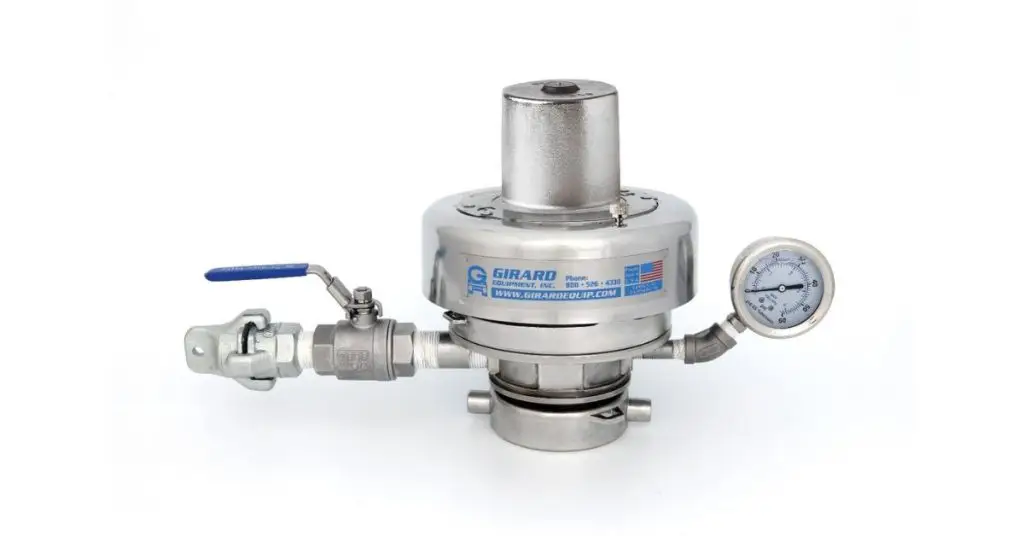Maintaining safety and efficiency is paramount when it comes to the transportation of liquids and chemicals. For fleet operators, safety managers, and tank truck operators, the integrity of every component on a tanker trailer plays a critical role in daily operations. One essential aspect of this is the DOT 407 pressure vacuum relief vent, a vital safety feature mandated by regulations.
These systems ensure smooth transport by maintaining proper pressure levels. They also protect against potentially hazardous conditions such as overpressure or vacuum buildup in tanks. This guide will cover DOT 407 pressure vacuum relief, discussing compliance and best practices.
Understanding Pressure Vacuum Relief Systems
A pressure vacuum relief system is critical to tanker trailers, particularly those transporting hazardous chemicals. These systems’ vents serve the dual purpose of preventing overpressure inside the tank and ensuring that the tank does not collapse due to a vacuum. The relief system promotes safer and more efficient transport conditions by venting excessive pressure or allowing air entry when under vacuum.
Girard DOT 407 pressure relief vents are also available in pressure only, where a separate vacuum breaker would work on its own.
How They Work:
These systems operate with valves calibrated to specific set to discharge pressure and vacuum thresholds. Should the pressure exceed the acceptable range, the valve releases built-up vapor. Conversely, when a vacuum condition arises, the system allows air into the tank to restore balance.
Benefits of Pressure Vacuum Relief Systems:
- Ensures Tank Integrity: Helps maintain the structural stability of tank trailers.
- Promotes Safety: It mitigates the risks of tank damage during transport and prevents potential accidents related to leaks or spills.
- Compliance with Regulations: Girard vacuum breakers meet and sometimes exceed Department of Transportation (DOT) standards, which require specific safety mechanisms for hazardous materials transport.
The Importance of Regulations and Compliance

DOT regulations dictate strict safety measures for tanker trailers, addressing every detail from construction material to operational thresholds for pressure systems. When the DOT 407 code was first set, the authors of that design felt it necessary to include a mandatory vacuum breaker device, which is sufficient enough to prevent tank implosion. Why focus on compliance?
- Avoid Penalties: Non-compliance can lead to hefty fines, operational restrictions, and legal consequences.
- Improve Operational Safety: Compliant systems reduce the risk of accidents, spills, and damages, safeguarding personnel and the environment.
- Boost Reputation: Adhering to industry standards demonstrates professionalism and responsibility, building trust with customers and partners.
- DOT 407, in particular, governs systems for chemical and corrosive acid tank trailers. Understanding and implementing these regulations can make a huge difference in operational success. For details on the regulations, please look up 178.345-10 in the Code of Federal Regulations.
Understanding DOT 407 Requirements
DOT 407 regulations focus on the safety and compliance of tanker trailers transporting hazardous materials. The standards dictate specific guidelines for pressure vacuum relief systems to ensure safety during transport.
- Pressure Thresholds: Relief systems must operate within strict pressure and vacuum limits to prevent overpressure or tank implosion.
- Construction Requirements: Materials and designs must withstand the environmental and operational demands, including corrosion resistance for chemical tank trailers and strength to handle the harsh environments.
- Maintenance Protocols: Pressure relief systems must be inspected and maintained regularly to verify proper functioning and compliance.
Challenges in Compliance:
Fleet managers and operators often face challenges such as evolving regulations, system malfunctions, and identifying certified replacement parts. Staying informed and dedicated to best practices can alleviate these issues. Girard will continue to update its website with usable information to make sure your fleet is running safely and in compliance with federal law.
Best Practices for Compliance
Adhering actively to DOT 407 Codes is essential for operating without disruptions or injury. Below are actionable best practices for ensuring compliance with your pressure vacuum relief systems.
Understand and Familiarize Yourself with DOT 407 Regulations
A comprehensive understanding of DOT 407 regulations lays the foundation for compliance. Familiarize yourself with the specifics, including pressure and vacuum thresholds and inspection schedules. The latest news on care and maintenance is on our website.
Perform Regular Inspections
Routine inspections of pressure vacuum relief systems are non-negotiable. Identify wear, damage, or potential malfunctions that could affect performance. Document these inspections thoroughly to maintain a clear record for audits or incidents.
Ensure Proper Calibration
Pressure vacuum relief valves must be meticulously calibrated to align with DOT 407 standards. Regular recalibration ensures the system operates within specified thresholds, safeguarding the integrity of your tanker. Girard sells test equipment— inquire with [email protected].
Use Certified Replacement Parts
When replacing any pressure vacuum relief system component, opt for DOT-compliant and Girard-only replacement parts. Using uncertified parts may compromise tank integrity, lead to compliance violations, or leave you—the carrier—exposed to lawsuits as a result of improvising a proper repair on Girard products. Girard offers its own in-house repair center in Florida and Houston, TX.
Maintain Proper Documentation
Keep clear and detailed records of all maintenance, repairs, and inspections to ensure everything is well-documented and organized. Proper documentation is vital to staying on top of ongoing tasks and identifying potential issues. It also becomes invaluable during compliance audits or inspections, proving your commitment to meeting required standards.
Train Personnel Regularly
Empower your team with knowledge. Provide periodic training for operators and maintenance staff on DOT 407 codes, requirements, proper operation, and servicing procedures. Well-trained personnel contribute to seamless operations.
Implement a Preventive Maintenance Program
A proactive maintenance schedule is essential for identifying and addressing potential issues before they escalate into larger problems. You can significantly minimize downtime and maintain smooth operations by tackling these issues early. This approach also reduces risks and ensures your systems stay reliable, efficient, and compliant with regulations.
Conduct Periodic Testing
It is important to regularly test the functionality of your pressure vacuum relief systems to ensure they comply with DOT 407 parameters. These systems are critical in maintaining safety and efficiency, so thorough and consistent inspections are essential. Always rely on certified inspectors to verify the system’s conditions and ensure its integrity over time.
Monitor for Changes in Regulations
The regulatory landscape is constantly evolving, making it essential to stay informed about any changes. Be sure to closely monitor updates or amendments to DOT regulations, as these can significantly impact your operations. By keeping up to date and adjusting your practices accordingly, you can ensure your organization remains fully compliant. Our website will always contain the latest designs for the most recent code.
Work with Certified Inspectors

Engage qualified inspectors to thoroughly review and evaluate your systems for compliance and reliability. Certified professionals bring expertise to provide detailed assessments that align with DOT standards, ensuring your operations meet all necessary regulations. Their insights can help identify and address potential vulnerabilities, strengthening your systems and enhancing overall safety and performance.
Selecting the Right Vacuum Relief Systems
Girard DOT 407 pressure relief vents can be purchased with pressure and vacuum protection. We highly recommend using a separate system—a stand-alone pressure vent and vacuum breaker—for added assurance. Some operators like having separate systems because it’s easier to troubleshoot components on the tank.
Choosing the right pressure/vacuum relief system for your operation is critical. Here are factors to consider:
- Compliance: Ensure the system meets DOT 407 requirements.
- Durability: Opt for materials capable of handling demanding environments, such as stainless steel or aluminum.
- Performance: Look for systems with proven reliability to maintain pressure consistency and prevent hazards.
Girard Equipment offers industry-leading pressure vacuum relief systems tailored to modern tanker operations. Working with a trusted provider like Girard Equipment can benefit you with systems that optimize safety and efficiency.
Ensuring Safety and Efficiency for the Long Haul
Achieving and maintaining DOT 407 compliance is not merely a checkbox exercise—it’s a commitment to safety, professionalism, and operational excellence. By following this guide to DOT 407 pressure vacuum relief compliance best practices, you can ensure seamless performance and peace of mind on the road.
Explore Girard Equipment’s collection of DOT 407 pressure vacuum relief systems today to elevate your tanker operations to a new standard of safety and reliability.


Please add me to your email list. Thanks
Matt Chapman
Faith Walk Farms, LLC
2724 Stone Rd
Manning, SC 29102
Matt,
Thanks for signing up to receive our monthly email link to tall things Girard Equipment and liquid transportation.
Always feel free to contact us at 800=526-4330 or email us at [email protected]
The Girard Sales Team